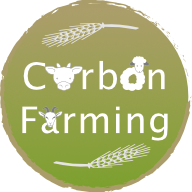Introduction
Global warming is a major issue for our society. Anthropogenic Greenhouse Gases (GHGs) are the main culprits. However, the agricultural sector alone is responsible for emitting 10% of these gases in Europe in 2019 (Eurostats).
Find out more about Eurostats.
Furthermore,“food security will be increasingly affected by future climate change” according to the Intergovernmental Panel on Climate Change (IPCC).
Find out more about food security in the face of climate change, IPCC.
Against this backdrop, it is vital that we start thinking on an international scale, so that we can work together to find sustainable solutions.
That’s why the European Union is committed to reducing its greenhouse gas emissions by 50% by 2030, and aims to achieve carbon neutrality by 2050.
Context:
The LIFE Carbon Farming project aims to encourage farmers to adopt strategies to reduce their carbon footprint and increase carbon storage in vegetation and soils.
One opportunity to support the implementation of these strategies on farms lies in the carbon credit market.
In France, in 2019, the Institut de l’élevage (Idele) submitted to the Ministry of Ecological Transition a method for monitoring emissions reductions on beef and arable farms, in line with the Low Carbon Label, called “CARBON Agri”. This monitoring method verifies the authenticity and financial quality of low-carbon credits.
However, at European level, there is as yet no common method at farm level for monitoring and verifying reductions in the carbon footprint (MRV method, Monitoring Reporting Verification).
Against this backdrop, the LIFE Carbon Farming project aims to create a standardised MRV method to fill this gap and establish a reliable, sustainable and regulated mechanism for financing carbon credits on the agricultural market.
Achieving a harmonised assessment of the sustainability of farms, by establishing a unified European MRV framework is therefore a priority. This framework will facilitate the certification of low-carbon agricultural projects implemented on farms across Europe.
About the LIFE programme
The European Commission has created funding systems dedicated to supporting innovative public or private projects in the fields of sustainable development, climate and environmental protection, such as the LIFE programme.
The LIFE Carbon Farming project is part of this programme, which aims to promote low-carbon agriculture through a system of financial rewards for reducing the carbon footprint of farms.
The LIFE Carbon Farming project is co-financed by the European Commission’s LIFE programme as part of the “Climate Change Mitigation” sub-programme, which aims to combat climate change, promote green energy and protect the environment.
“The Climate Action sub-programme supports projects in the fields of renewable energy, energy efficiency, agriculture, land use and peatland management.” (European Commission).
Project dates: 2021 - 2027
6 European countries
This initiative is being carried out by six European countries: France, Germany, Belgium, Spain, Italy and Ireland.
The Institut de l’Élevage (Idele) in France is the leader and international coordinator of the project.
The University of Liège in Belgium, the ATB-Leibniz-Institut für Agrartechnik und Bioökonomie (ATB) in Germany, Teagasc in Ireland, the Consiglio per la ricerca in agricoltura e l’analisi dell’economia agraria (CREA) in Italy, and Asoprovac in Spain are the national leaders and coordinators of the project.
The aim of the project is to reduce the carbon footprint of livestock farms by building a financial reward system based on results.
To achieve this, 700 farms in the six European countries mentioned opposite will be monitored for six years to reduce their carbon footprint by 15% by 2027.
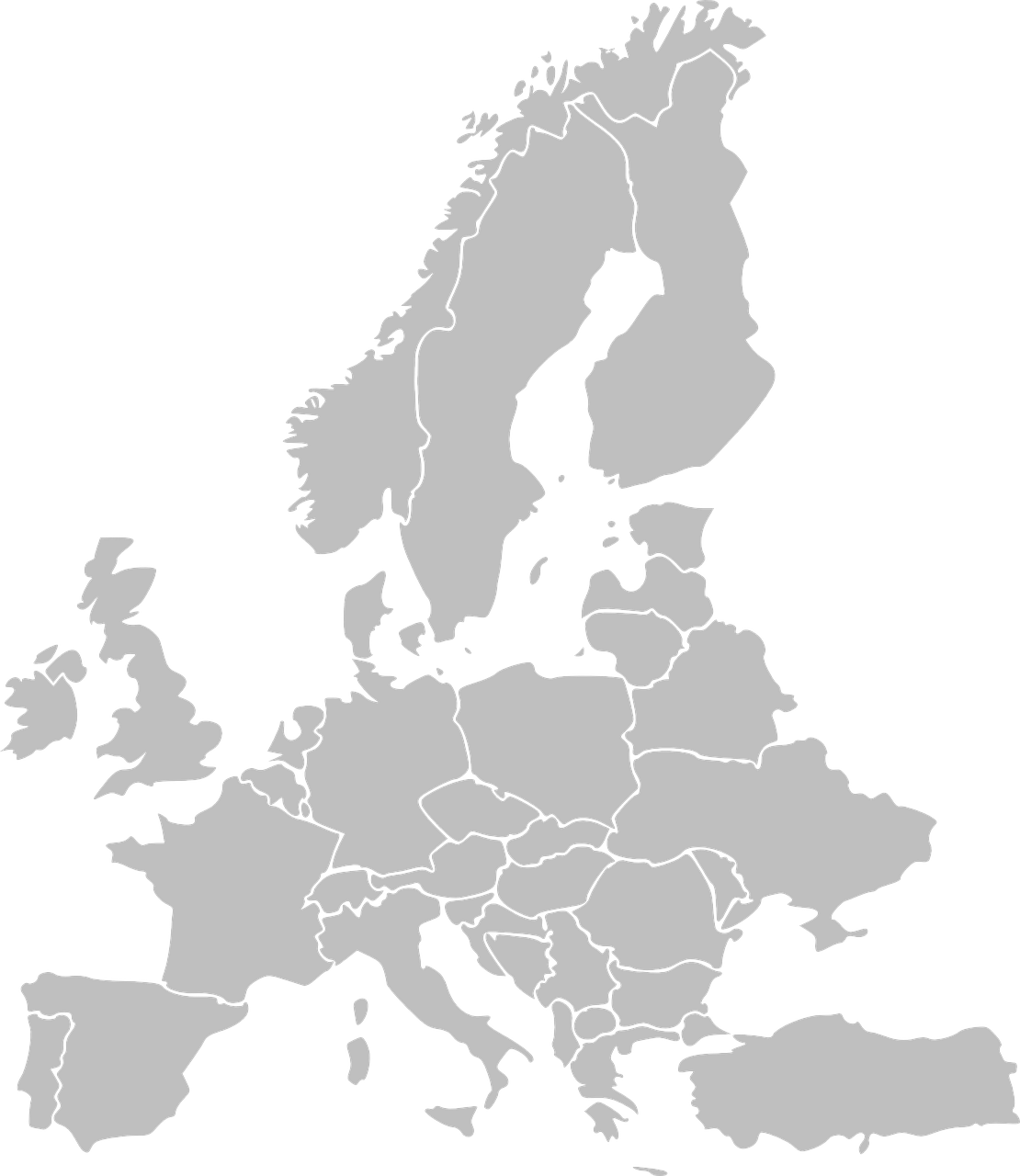
Objectives
1. Reduce
Firstly, it will monitor and advise 700 European mixed livestock farms over a six-year period, who will be asked to develop strategies to reduce their carbon footprint.
2. Build
This will make it possible to build to build a European benchmark for the costs of implementing low-carbon projects.
3. Harmonise
In addition, the aim of the project is to develop harmonised tools and standards for implementing low-carbon initiatives on farms, something that currently does not exist at European level. This common MRV certification framework will enable a result-based reward mechanism to be set up on farms.
4. Innovate
The LIFE Carbon Farming project follows on from the LIFE Carbon Dairy, LIFE Beef Carbon and LIFE Green Sheep projects, which identified practices to reduce the carbon footprint.
Its main features are the introduction of a common European certification framework and the long-term monitoring of participating farms, which lasts five years.
Finally, the introduction of a European financial reward system for farmers is also innovative.
Setting up the project and resources

Stage 1: Assessment and diagnosis
Firstly, an inventory will be carried out by specially trained advisors.
3 tools will be used as part of the project:
-> CAP’2ER
-> BOVID CO2 (Spanish beef farms)
-> AgNav (Irish farms)
These tools will be used for environmental analysis and carbon diagnostics on the farms at the start and end of the project.
The advisers will also have a grid of socio-economic indicators to fill in during the first and last visits. The first diagnostic tests are scheduled for late 2023.
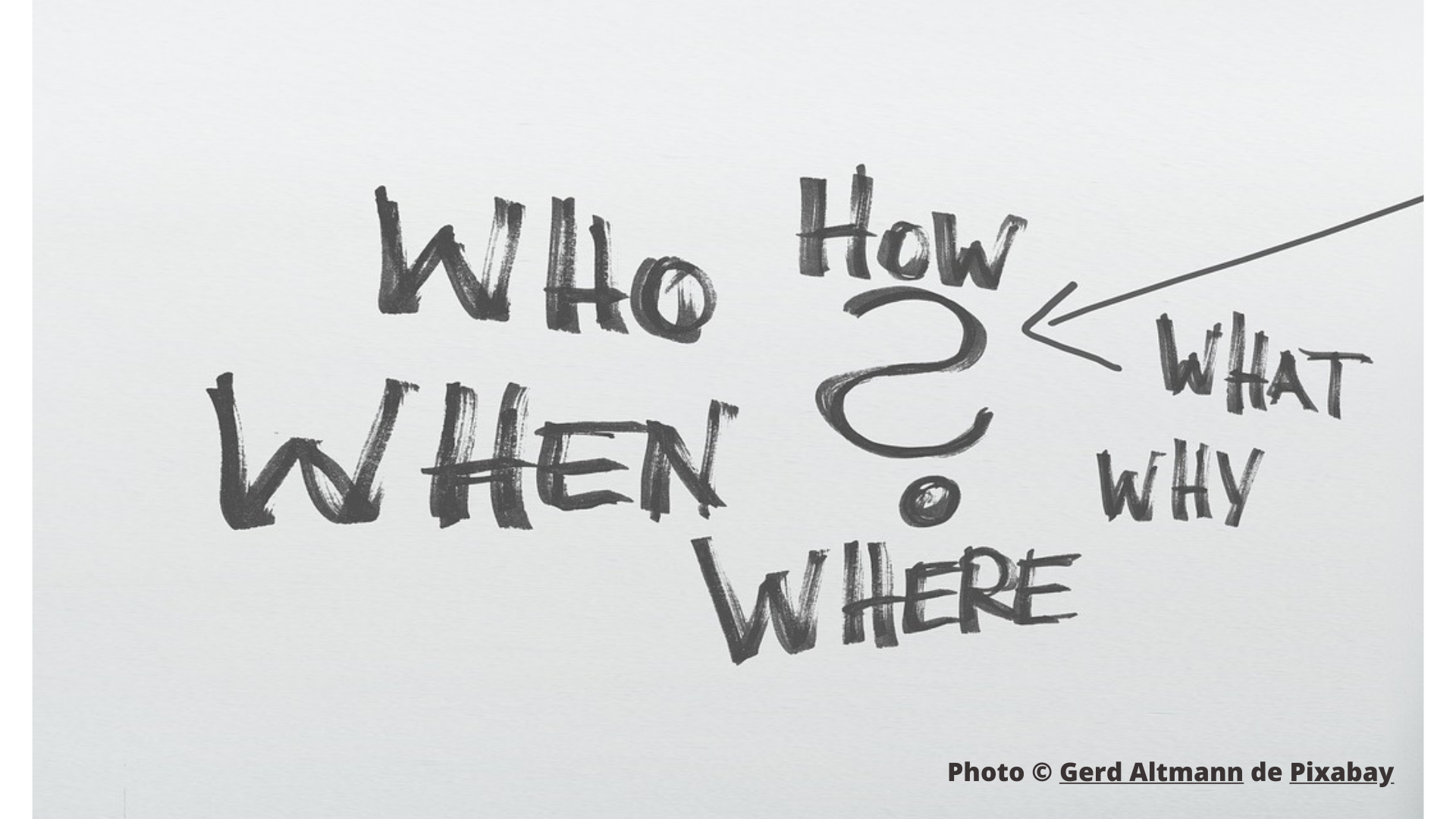
Stage 2: Action plan
We will then look at the needs of the farmer, the objectives and the means of action to be put in place. This will allow us to draw up an action plan.
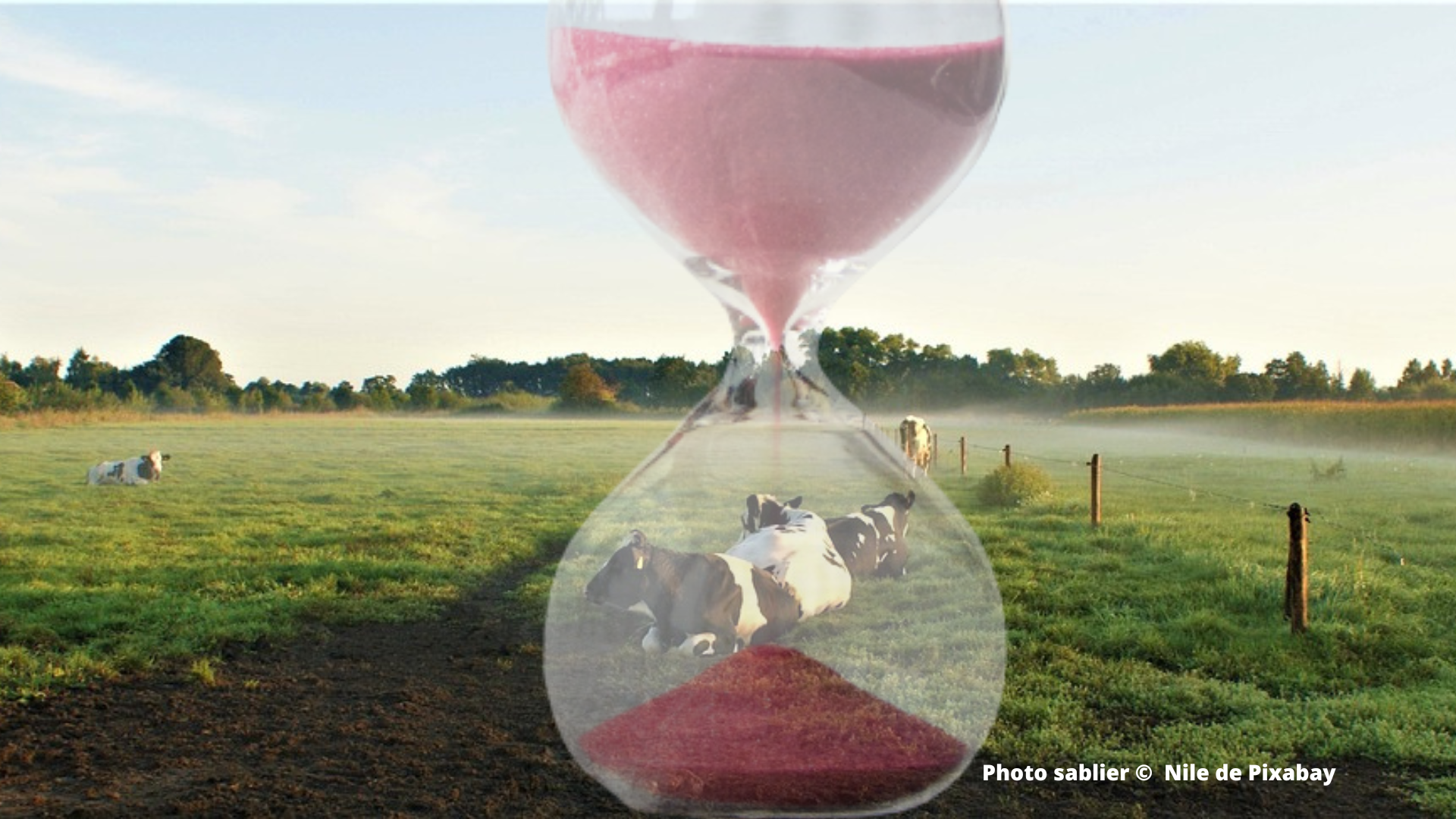
Stage 3: 5 years to take action
Once the action plan has been drawn up, the farmer will have five years to implement it. During this period, two technical visits will be financed on specific points (building, fertilisation, establishment of meadows, etc.).
At the halfway stage, a visit will be made to the farm.
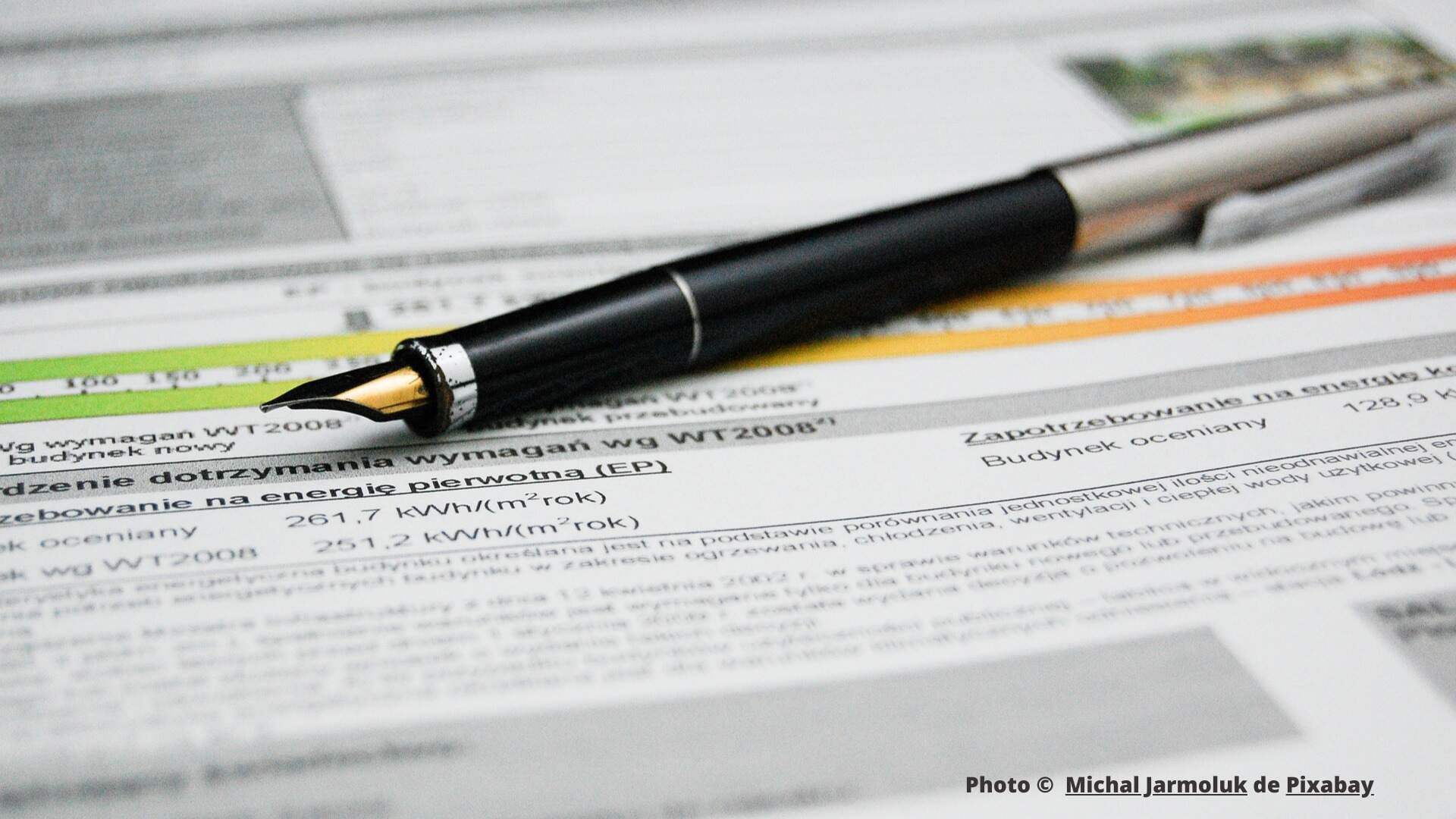
Stage 4: Audit and certification
Six years later, a final visit is made by an advisor to draw up a new assessment using the tools and grids previously presented. In addition to this assessment, an auditor external to the project will have to verify and certify the reduction in the carbon footprint and the authenticity of the carbon credits.
Technical actions
1. Design
Develop harmonized tools and a common MRV framework for low carbon initiatives.
2. Implement
Implement low-carbon projects on 700 mixed farming-livestock farms in France, Belgium, Ireland, Germany, Spain and Italy.
3. Develop
Develop cost benchmarks for low-carbon projects.
4. Develop
Develop a results-based carbon mitigation financing mechanism.
5. Constitute
Build a European network of low-carbon farmers.
6. Train
Train farmers and advisors.
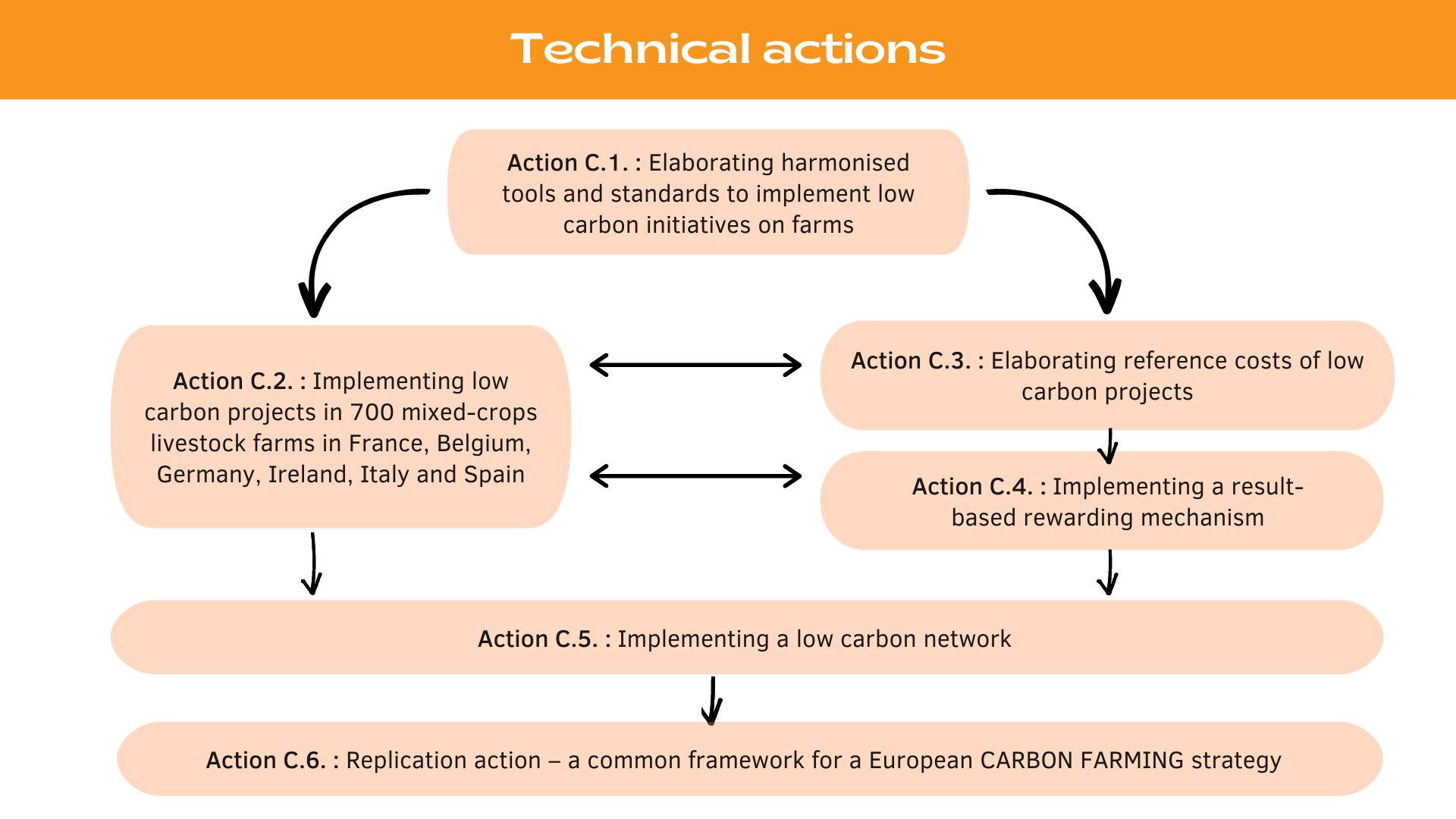
Expected results
700 Farms
A network of 700 farms that earn carbon credits by adopting low-carbon strategies, practices and technologies.
Creating a benchmark
Creation of a cost benchmark for setting up low-carbon projects on farms.
350, 000 Tonnes of CO2 eq avoided
Carbon footprint reduced by 15%, or 350,000 tonnes of CO2 equivalent in six years.
€6, 000 to €12, 000 Per farm
Purchase of carbon credits, resulting in savings of €6,000 to €12,000 per farm.
€3.5M For the 700 farms
Total final sales of €3.5 million for the 700 farms.
Trained European advisers
Training European advisors in carbon monitoring tools and low-carbon agriculture projects.
A results-based funding mechanism
A common results-based funding mechanism that will encourage the expansion of low-carbon agriculture activities.

